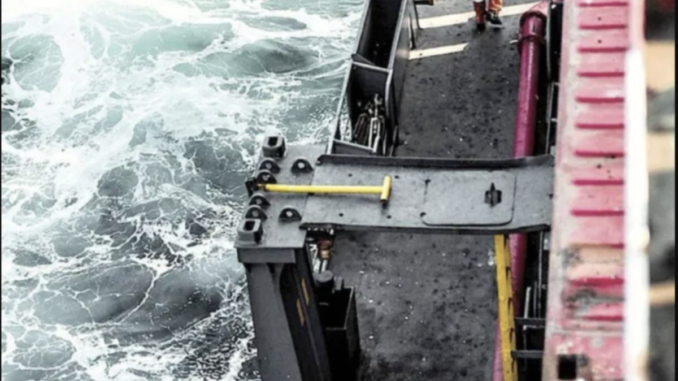
FILIPINO seafarers will be among the 800,000 mariners worldwide set to receive additional training in response to the shipping industry’s efforts to decarbonize vessels.
But with a salvo of new training that will increase the already inordinate number of existing ones in the Philippines, what are the training challenges facing Filipino seafarers in the near future? Are they ready for the digitally advanced and rapidly evolving ship technologies?
Capt. Nebuchadnezzar Rabaya, training manager of the Norwegian Training Center (NTC), said Filipino seafarers have long been prepared to operate vessels powered by alternative fuels.
Rabaya said around 6,000 Filipino seafarers have graduated from the International Code of Safety for Ships Using Gases (IGF) Courses with NTC alone since 2018. He said more than 1,000 others finished such courses in 2023.
“Specialized vessels entail specialized training. We prepare the workforce for the advent of LNG-powered ships by providing gas and LNG specific courses and other related training such as LNG Ballast and Cargo Handling as per SIRE 2.0,” Rabaya said in an interview during the Norway-Philippines LNG Summit last Nov. 11 at the Dusit Thani Hotel in Makati.
Based on studies by the international classification society Det Norske Veritas (DNV), 564 LNG-fueled vessels will add to the 590 operating worldwide. This sets a projection of 1,154 LNG-fueled ships by 2028.
“These vessels will be manned by different nationalities, about 25 percent of whom are Filipinos. These are very complex, technologically advanced ships, and we have to upgrade the skills of our seafarers so they can keep up with this rapid evolution,” Rabaya said.
“Our LNG ship simulators ensure that training is relevant to the needs of the industry. You cannot do this training while onboard; it will be unsafe for ship operations. It has to be here on shore for safety and environmental considerations,” Rabaya said, referring to the simulators used by NTC since 2018.
He added that the number of Filipino seafarers employed by Norwegian companies, placed at 25,000, was expected to double in the next three to five years with the advent of alternative fuel-powered vessels.
Rabaya added that the younger seafarers exhibited greater potential in operating technologically advanced ship equipment as they were more digitally inclined.
“It all boils down to the acceptance of new knowledge of a certain generation of seafarers. There are those who are comfortable with where they are, while others are more open to changes,” he said.
The introduction of alternative fuels on ships is in line with the Shipping Decarbonization Action Plan launched at the Conference of the Parties (COP) in Egypt on Nov. 9, 2022. This is in response to findings from research that 3 percent of global emissions come from shipping.
The plan proposed that shipping needs to transition away from conventional fuels towards alternative low and zero-carbon fuels and technologies to meet the world’s target of keeping global warming to 1.5 C or less by 2050.
The emission reduction scenarios assessed in the research highlight an immediate need to start putting the training infrastructure in place to ensure hundreds of thousands of the world’s nearly two million seafarers are upskilled and empowered through the transition.
“These scenarios require some form of retraining the workforce. The good news is that seafarers are prepared and willing to be part of this transition. But [the] crew want to know that the fuels they are handling are indeed safe and that we as an industry have the training pathways established to upgrade their skills,” Stephen Cotton, Secretary General of the International Transport Workers’ Federation, said in a separate interview.


Be the first to comment